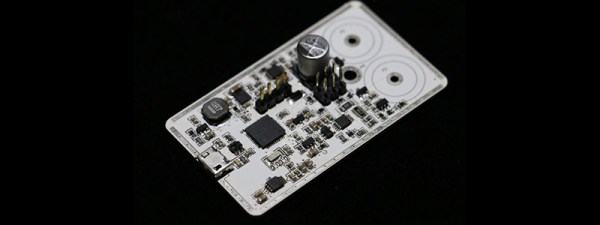Ceramic capacitors are pretty much the pixie dust of the electronics world. If you sprinkle enough of them on a circuit, everything will work. These ceramic capacitors aren’t the newest and latest technology, though: you can find them in radios from the 1930s, and they have one annoying property: their capacitance changes in relation to voltage.
This is a problem if you’re relying on ceramic caps in an RC filter or a power supply. What you need is a device that will graph capacitance against voltage, and [limpkin] is here to show you how to do it.
Of course capacitance is usually measured by timing how long it takes to charge and discharge a cap through an RC oscillator. This requires at least one known value – in this case a 0.1% resistor – by measuring the time it takes for this circuit to oscillate, an unknown capacitance can be calculated.
That’s all well and good, but how do you measure capacitance against a bias voltage? EDN comes to save the day with a simple circuit built around an op-amp. This op-amp is just a comparator, with the rest of the circuit providing a voltage directly proportional to the percentage of charge in the capacitor.
This little project is something [limpkin] has turned into a Kickstarter, and it’s something we’ve seen before. That said, measuring capacitance against a voltage isn’t something any ‘ol meter can do, and we’re glad [limpkin] could put together an easy to use tool that measures this phenomenon.











